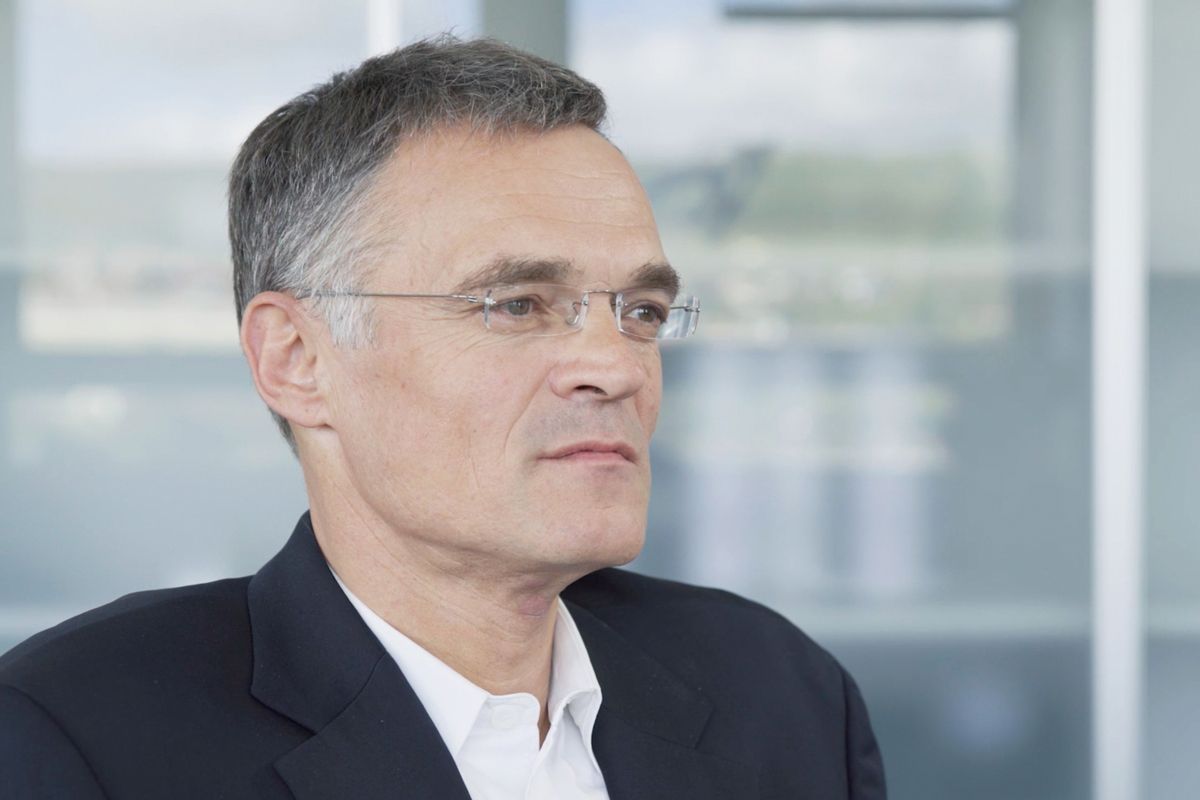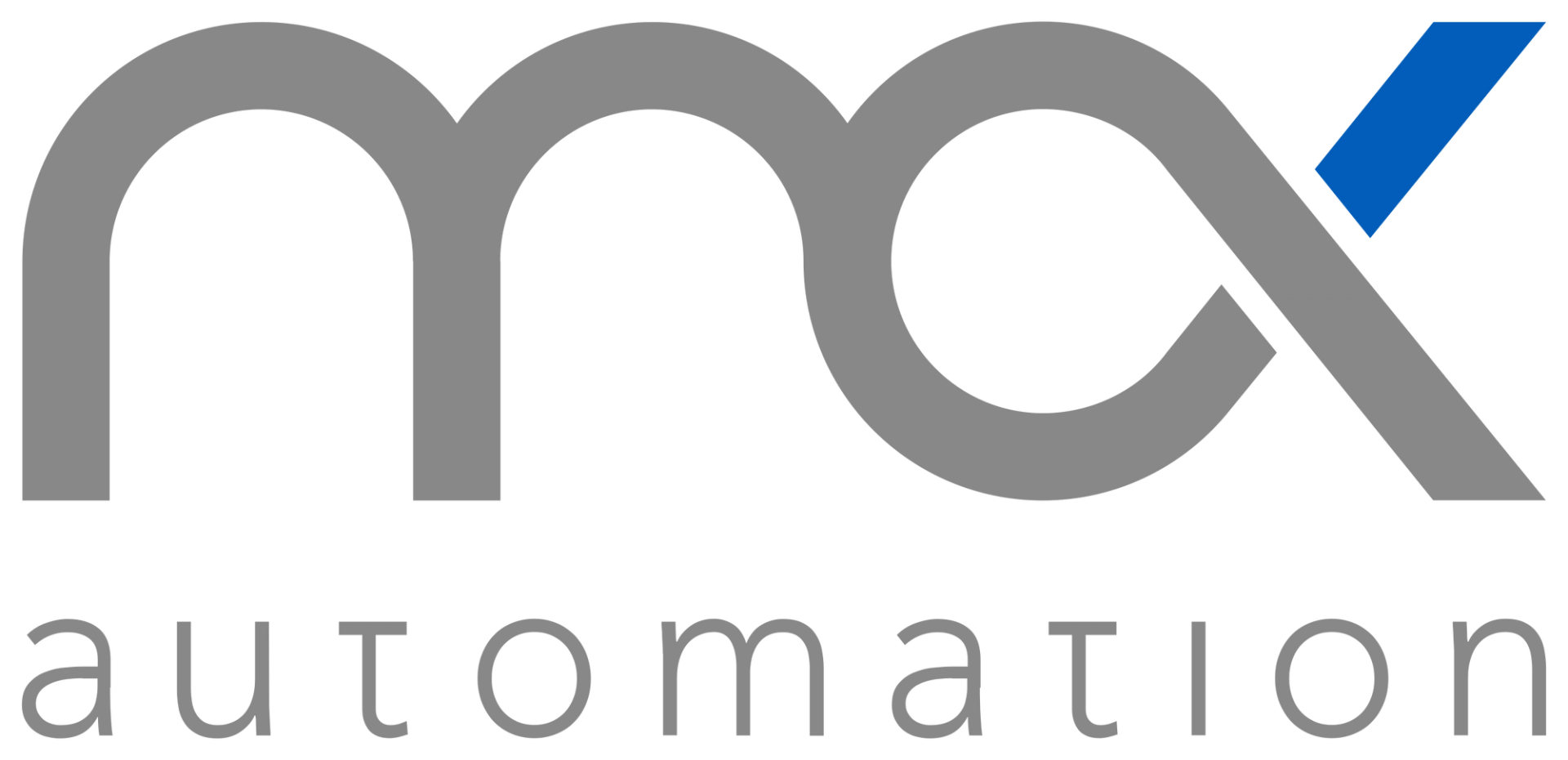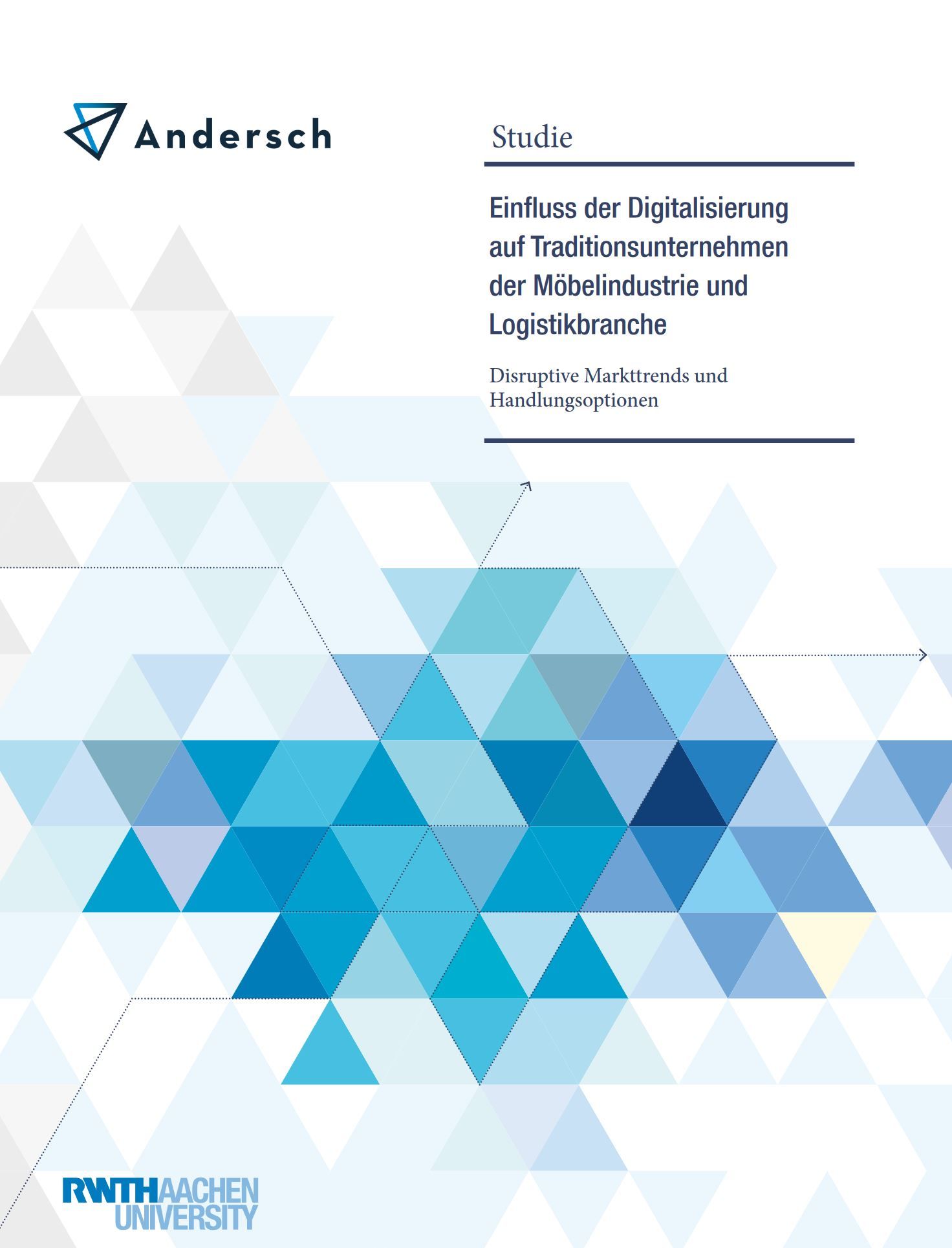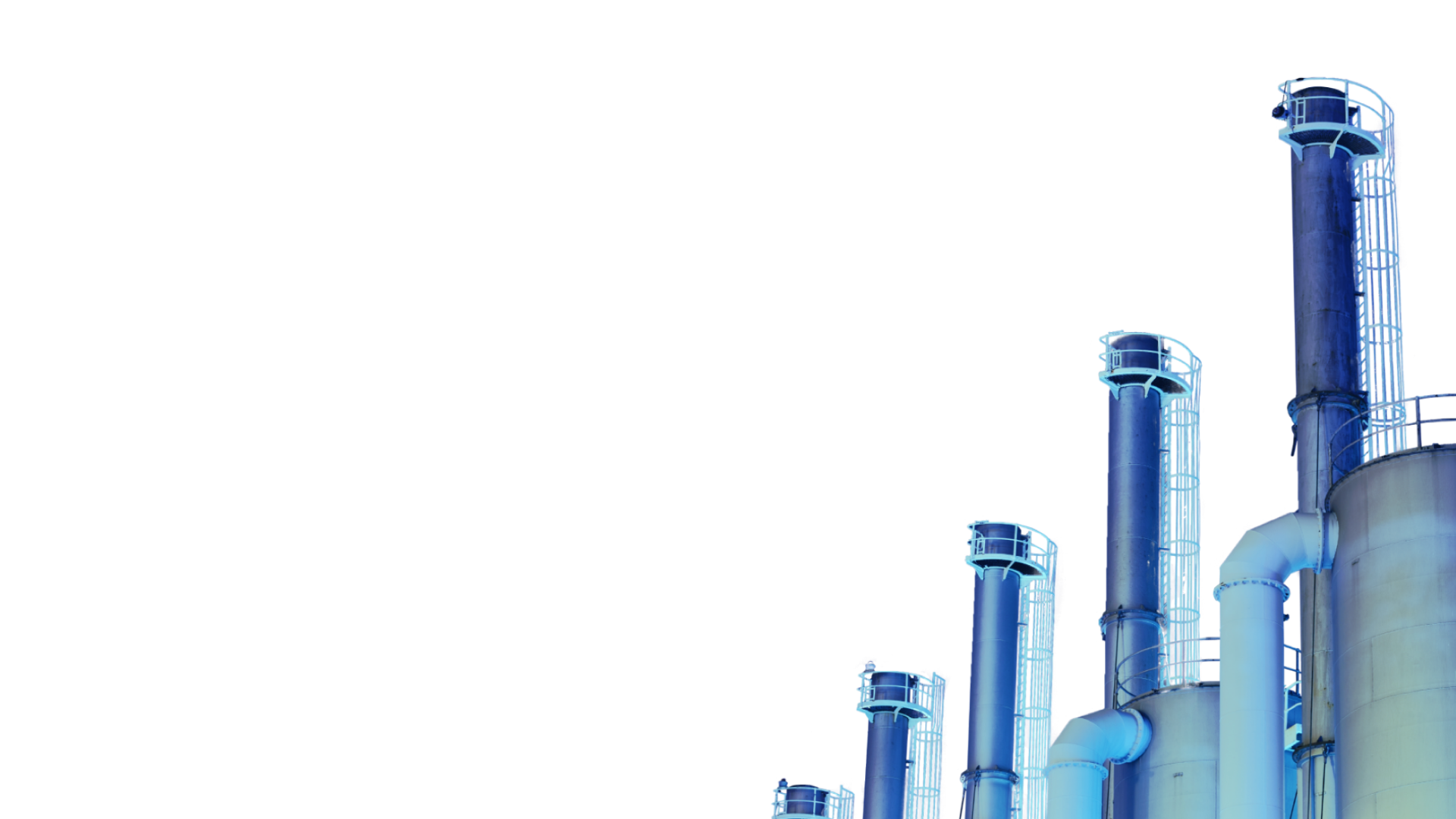Optimize the way of working
In the fragmented transport logistics sector, with its multitude of market participants and segments, there has been intense competitive pressure and cut-throat competition for years. Digital start-ups, tech companies like Amazon, and growing large fleets are entering the market alongside established players. Digital challengers are challenging established ways of working and standards and offering significant advantages in terms of transparency and pricing. Existing medium-sized companies must find answers to this by adapting their range of services, optimizing processes and becoming more digital. In extreme cases, the business model requires (re-)adjustment in which the company changes from an organizer to an operator.
An important pillar for ensuring sustainable competitiveness is the development of digital competencies coupled with a convincing strategic concept. We help to develop and implement the right strategic responses to keep pace with changing market conditions.
Gero Güllmeister
Partner










































